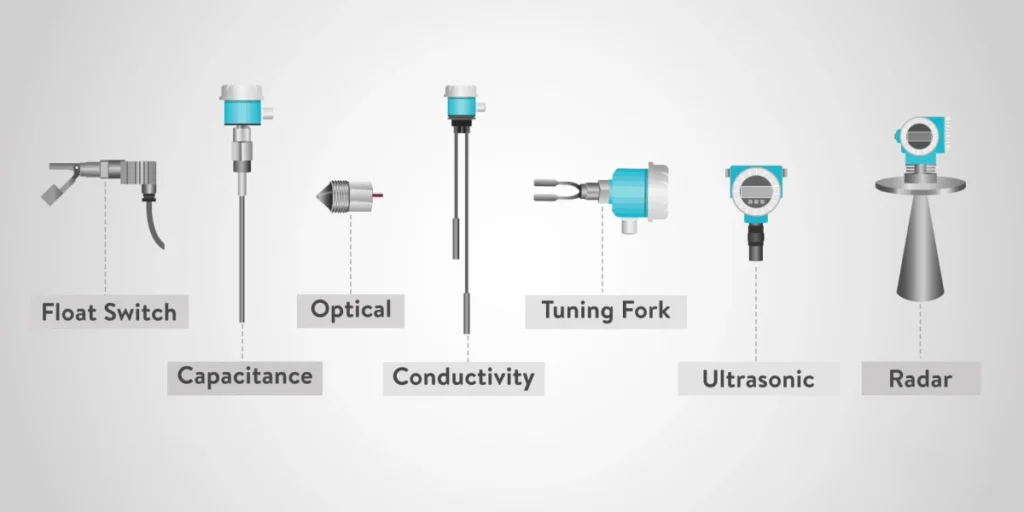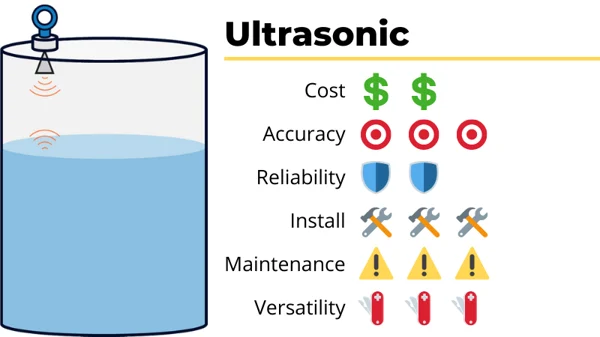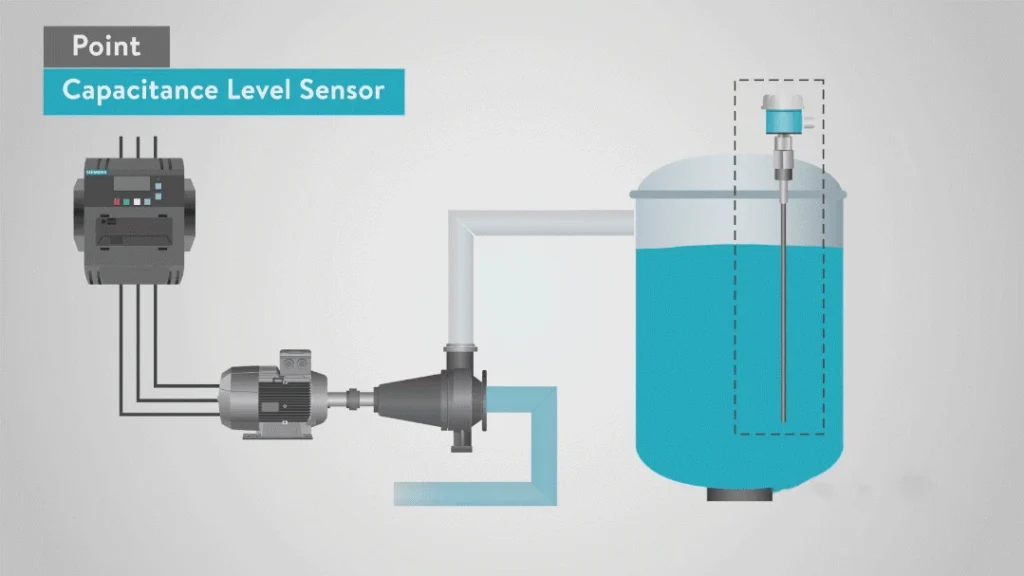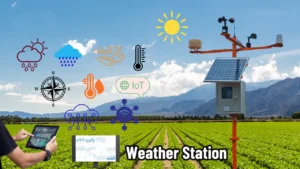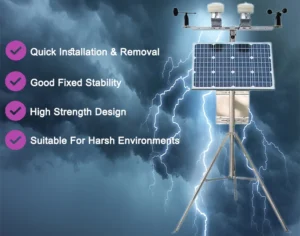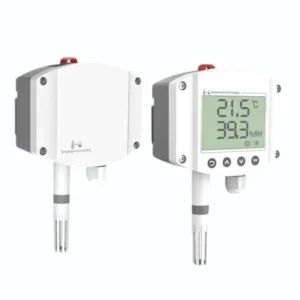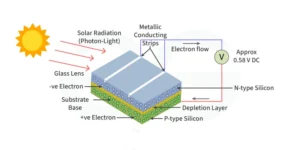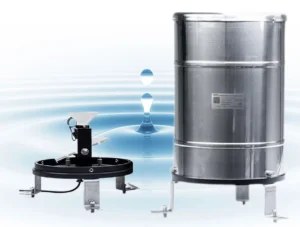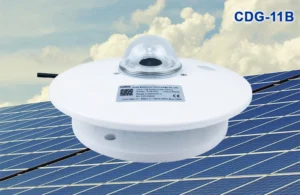Pros and Cons of Various Types of Level Sensor Devices
Level sensors are essential in numerous industrial processes, ensuring accurate control of storage systems and processing equipment. Their primary function is to guarantee safe and efficient operations by reliably measuring the levels of liquids or solids. This role is very important in tough places like chemical plants or food production facilities. There are different types of level sensors, each with unique features for specific uses. Common types include ultrasonic, capacitive, and radar level sensors. Each type has its own benefits and drawbacks that should be considered carefully.
Benefits of Ultrasonic Level Sensors
Ultrasonic sensors are known for measuring without touching. They are a great choice for places where touching the material is not possible or safe. Instead of direct contact, they gauge liquid or solid levels by emitting sound waves, which bounce back upon hitting the surface.
**Pros:**
– **Non-Contact Measurement**: The design minimizes wear and tear, reducing maintenance frequency and costs. This feature is particularly advantageous in tough conditions where pollution, corrosion, or physical damage could otherwise occur.
– **Resilience in Challenging Conditions**: Ultrasonic sensors continue to perform effectively despite exposure to condensation, dust, or similar contaminants, making them essential in industrial settings.
**Cons:**
**Turbulent Surfaces**: Turbulence, foam, waves, or large particles can disturb the liquid surface and cause inaccurate readings. These factors can disrupt the sound waves.
– **Environmental Interference**: External factors such as nearby objects, humidity, and temperature fluctuations may skew results, compromising measurement accuracy.
Accuracy at Its Core: Highlights of Capacitive Level Sensors
Capacitive level sensors are valued for their precision and their ability to distinguish between materials with varying dielectric properties. These qualities make them a dependable option across industries requiring exact measurements.
**Pros:**
– **High Accuracy**: Capacitive sensors deliver precise measurements critical for applications demanding detailed monitoring and strict quality control.
– **Material Distinction**: These devices excel at identifying different dielectric substances, making them particularly useful in food and drug-related sectors. For instance, research conducted by the XYZ Institute showed that capacitive sensors achieved 0.1% accuracy in food industry applications.
**Cons:**
– **Limitations with Conductive Liquids**: Measuring conductive liquids can be tricky. Changes in the electrical field can cause errors. Such limitations can hinder their effectiveness in certain industrial applications.
– **Temperature Sensitivity**: Variation in ambient temperature may impact the device’s capacitance, requiring periodic readjustment to ensure consistent performance. Employing proper temperature controls can help offset this drawback.
Flexibility and Reliability: The Advantages of Radar Level Sensors
Radar level sensors provide advanced solutions suitable for a wide array of uses, particularly in industrial and hazardous environments. These sensors operate independently of physical obstructions while maintaining high levels of accuracy over notable ranges.
**Pros:**
– **Extended Measurement Range**: Capable of spanning significant distances without mechanical interference, they are well-suited for monitoring sizeable storage tanks or vessels.
– **Accuracy and Repeatability**: These sensors deliver dependable measurements for critical level monitoring tasks.
– **Adaptability to Hazardous Settings**: Radar sensors are made to work safely in dangerous areas. They are a great choice for places with flammable materials or high risks.
**Cons:**
– **High Initial Investment**: The cost can be much higher than other sensor types. Typically, it varies between $500 and $1,000, with basic choices costing about $100.
– **Complex Tank Structures**: Internal parts like baffles or layers in a tank can cause incorrect readings. This may require extra calibration or backup devices.
Industry-Specific Applications: Choosing the Right Sensor
The suitability of a given sensor type depends heavily on its intended application and environmental conditions.
– **Industrial Settings**: Ultrasonic and radar options are particularly advantageous in harsh industrial spaces due to their durability and reliability under challenging circumstances. Ultrasonic sensors are often used to monitor large chemical storage tanks. Radar sensors are commonly used in oil refineries to watch over big storage areas.
**Food Industry**: Manufacturers prefer capacitive level sensors for food processing because their hygienic design and safety-oriented features prioritize pollution control. Furthermore, they are easy to clean, which aligns with strict hygiene standards common in food manufacturing environments.
Case Studies: Practical Use of Level Sensors
Examining real-world uses of level sensors highlights their performance and effectiveness across industries.
Case Study 1: Chemical Processing Plant
Benefits: These sensors delivered precise, reliable measurements, improving operational efficiency and reducing downtime. Their non-contact design ensured durability even in corrosive environments with harsh chemicals and particulates. Research by ABC Chemicals revealed that these sensors reduced errors by 30%.
Cost Savings: The better accuracy and reliability made chemical use more efficient. This reduced waste and lowered costs. The company saved over $500,000 each year in maintenance and operations.
Case Study 2: Bakery Industry
Benefits: This technology ensured consistent, accurate measurements, crucial for maintaining product quality and uniformity. With no moving parts and resistance to moisture and cleaning agents, these sensors facilitated easier maintenance and cleaning. A bakery in XYZ City reported a 25% boost in production efficiency after adopting capacitive sensors.
Hygiene and Safety: The sensors adhered to stringent hygiene and safety standards, ensuring product purity and preventing contamination. Positive customer feedback and a 15% improvement in the bakery’s safety score underscored the benefits.
Innovations on the Horizon: Emerging Trends in Level Sensor Technology
Ongoing advancements are expanding the potential of level sensors:
Emerging Technologies:
Laser-based and microwave sensors are becoming popular for their exceptional precision and reliability. Laser sensors can measure with an accuracy of up to 0.01%. They work well with different materials, including liquids and solids.
Sensor Integration and Data Analytics:
Integration with smart devices and data analytics enhances sensor functionality, providing deeper insights into operational data. Companies like SmartSensors Inc. are at the forefront of such innovations.
The Role of IoT:
The Internet of Things (IoT) is changing the industry. It allows for real-time monitoring and helps with predictive maintenance. IoT-integrated sensors can preemptively alert teams about potential issues, improving reliability and efficiency.
Make an Informed Decision: Key Considerations for Selecting Level Sensors
Selecting the right level sensor requires understanding your specific application needs:
Specific Requirements and Environment: Key factors include the operating environment, desired accuracy, and maintenance demands of your application.
Hygiene and Safety Standards: Different industries have their own rules. Food production needs strict hygiene protocols. Industrial settings require safety measures for flammable environments. Evaluating the pros and cons of each sensor type will help you make an informed choice tailored to your needs.
Conclusion
Level sensors play a vital role in industrial processes by enhancing efficiency and ensuring reliable operations. Depending on your needs, there are many options. You can choose from non-contact ultrasonic sensors, precise capacitive sensors, or long-range radar sensors. Each one is a good fit for your requirements. By looking at the benefits, challenges, case studies, and new technologies, you can choose the best level sensor for your needs. This will help improve performance and efficiency.
